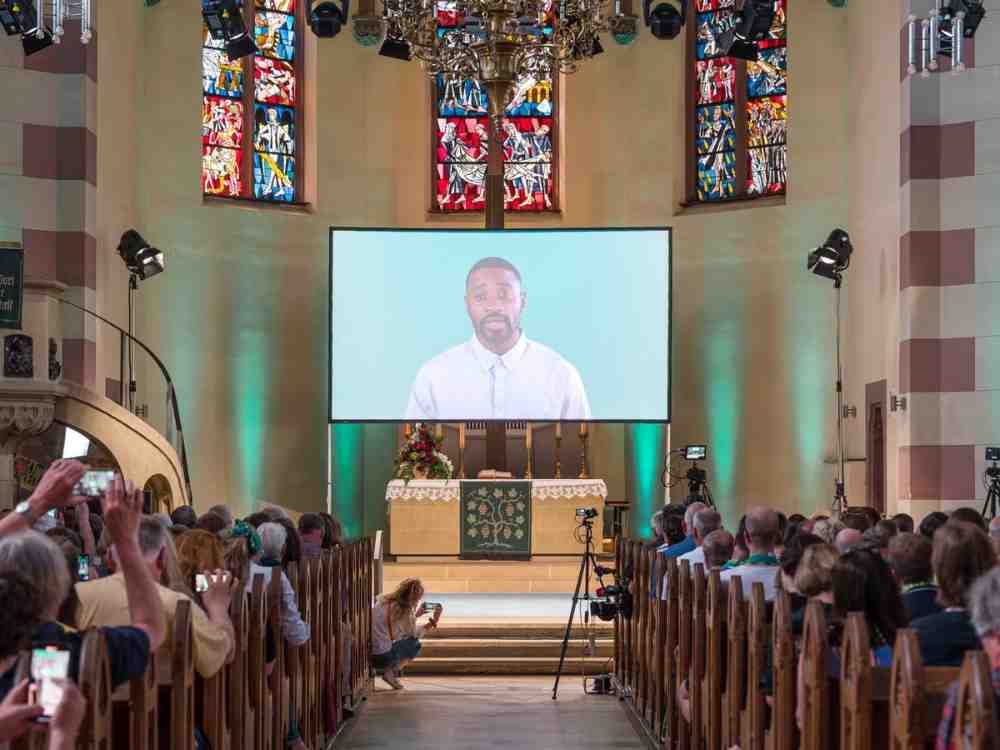In a groundbreaking event, Saint Paul’s church in Fürth, Germany, witnessed a unique church service where virtual avatars, generated by artificial intelligence, took the stage to deliver sermons. The 40-minute service garnered mixed reactions from the Protestant congregation, with some attendees finding the digital avatars lacking in emotion and connection.
A Church Service Like No Other:
The AI-generated church service at Saint Paul’s church in Fürth drew the attention of hundreds of people. It marked a significant experiment in exploring the role of artificial intelligence in religious practices.
Mixed Reactions from the Congregation:
While the AI-generated avatars delivered sermons written by ChatGPT, their presentation received varied responses from the Protestant attendees. Some found it challenging to connect emotionally due to the lack of body language and monotonous speech, leading to unintentional laughter.
The Perspective of the Lutheran Pastor:
Lutheran pastor Marc Jansen, despite acknowledging a few imperfections, expressed surprise at the effectiveness of the artificial intelligence. He appreciated the AI’s language capabilities and recognized the potential of AI technology in aiding religious leaders.
An AI-Powered Sermon:

The AI-led service commenced with the artificial intelligence addressing the congregation, emphasising its role as the first AI speaker at the convention of Protestants in Germany. The sermon touched upon leaving the past behind, maintaining trust in Jesus, and encouraging the congregation to overcome their fear of death.
Exploring the Potential of AI in Religion:
The service was organised by theologian Jonas Simmerlein from the University of Vienna, who directed ChatGPT to include psalms, prayers, and a blessing. Simmerlein aimed to demonstrate how AI could support religious leaders in their work, while emphasising that AI cannot replace the crucial role pastors play in community engagement and personal connections.

The AI-generated church service in Germany marked an unprecedented experiment in integrating artificial intelligence with religious practices. While the avatars’ delivery had its limitations, it opened up conversations about the evolving role of technology in spiritual settings and how AI can be harnessed to complement the work of pastors without replacing their essential presence in congregations.
